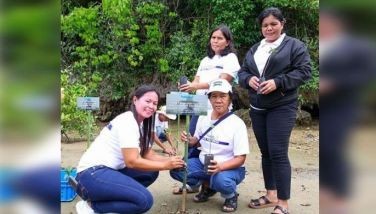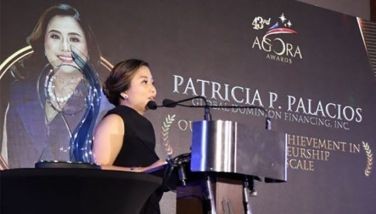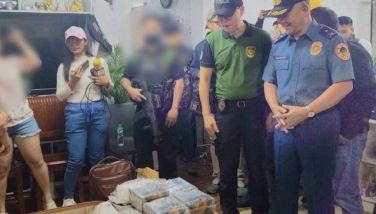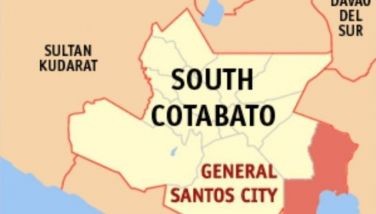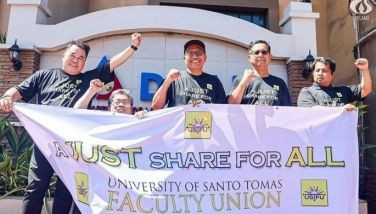'Crocodile tourism' in Isabela mulled
BAYOMBONG, Nueva Vizcaya, Philippines – Crocodile tourism? Why not?
The Department of Tourism (DOT) is considering developing the crocodile sanctuary in Isabela as another tourism attraction in the region.
The Mabuwaya Foundation, a foreign-assisted private environment group, said the DOT is considering promoting crocodile-centered tourism activities in Isabela, home of the endangered Philippine crocodile, said to be rarer than the Philippine eagle.
Mabuwaya (from the words Mabuhay or long live, and buwaya or crocodile) is a non-government group working for the conservation of Philippine crocodiles.
The plan to use Philippine crocodiles to prop up Isabela’s tourism industry could also further boost efforts to save the crocodile species, which the foundation said could be extinct in 10 years if it is not protected.
The foundation has a crocodile sanctuary in Isabela’s San Mariano town, which released 12 locally bred young crocodiles into Dicatian Lake, part of the government-protected Northern Sierra Madre Park, last May 19.
The newly released young crocodiles were hatched and bred at the San Mariano crocodile center, which was put up several years ago in partnership with the Department of Environment and Natural Resources, Isabela State University, the provincial government, and the World Wide Fund for Nature.
Besides representatives of environment groups, local officials and residents, the release was also witnessed by Michel Lacoste, president and scion of the founder-owner of the popular French apparel brand Lacoste, known for its crocodile logo.
Lacoste expressed his company’s commitment to support efforts to conserve the Philippine crocodile, vowing to fund community-based initiatives to strengthen the campaign.
Some 70 baby crocodiles have been released by the Mabuwaya Foundation in Dicatian Lake at the boundary of San Mariano and Divilacan towns since 2009.
“We have been doing this in our efforts to save this crocodile species from possible extinction due to habitat loss, hunting and destructive fishing,” the foundation said.
Before the group started its conservation efforts, only around 100 mature Philippine crocodiles were left in the country, especially in the wilds of Isabela and Liguasan Marsh in Maguindanao, making the species among the world’s most endangered reptiles.
“(Philippine crocodiles are) even rarer than the Philippine eagle (but) there is very little attention and conservation action for (them),” said Merlijn van Weerd, the foundation’s executive director.
Philippine crocodiles (Crocodylus mindorensis), which grow no more than a meter long mainly in freshwater areas, generally pose no threat to humans unless provoked. The other crocodile species in the country is the saltwater crocodile (Crocoydlus porosus).
The Philippine crocodile species, according to a fact sheet of the foundation, is listed as critically endangered by the World Conservation Union, which means that, without any conservation action taken, it “would likely go extinct within 10 years.”
The foundation began its work in Isabela in 1999 following the discovery of several Philippine crocodiles in San Mariano town.
- Latest
- Trending













